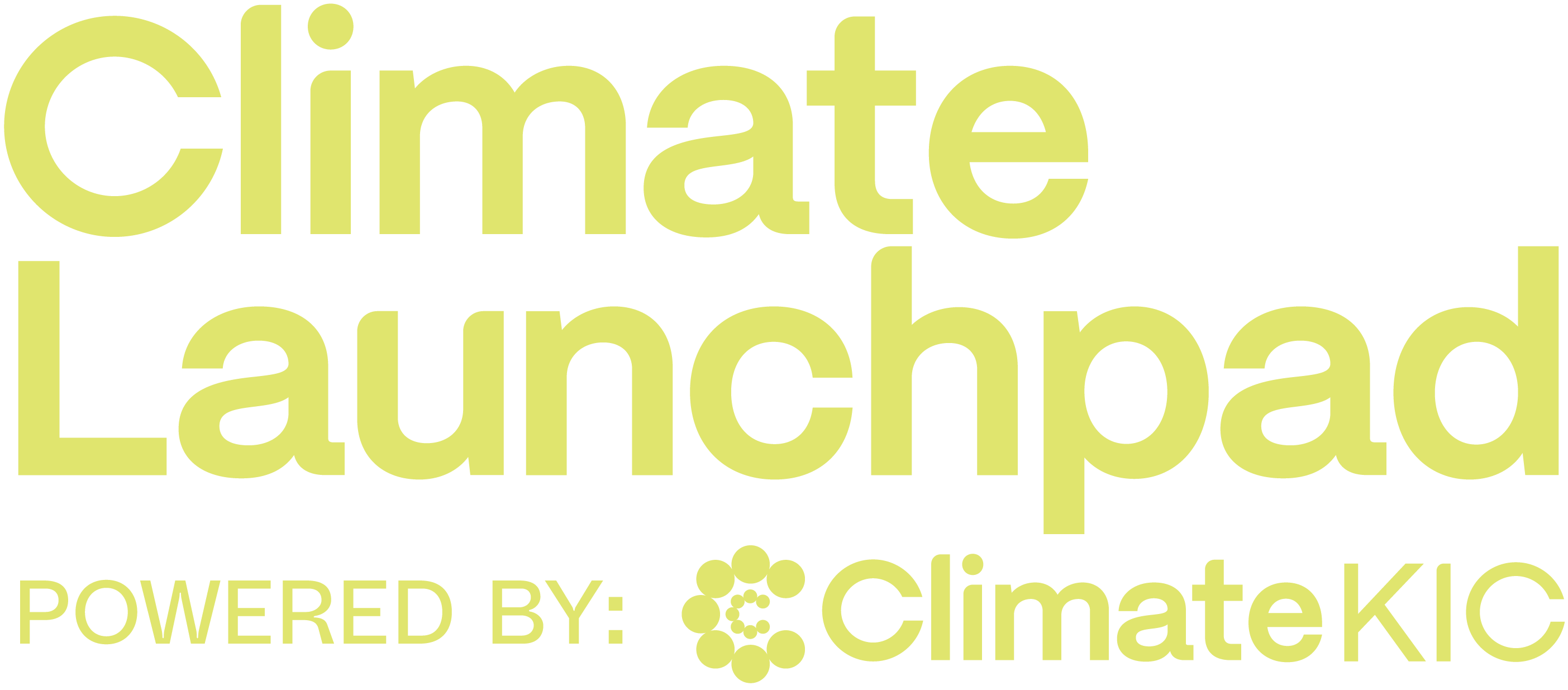Green Entrepreneur Trend #1 2024
Each year, we are amazed by the innovative ideas submitted by sustainable entrepreneurs. This year, we’ve seen a remarkable surge in proposals aimed at revolutionising our relationship with clothing. And it’s no wonder—the fashion industry is a major polluter, and our throwaway culture means we’re discarding our garments faster than ever.
Assessing the exact environmental impact of a single jumper is no easy task. It depends on the material it’s made from, where it’s produced (and the transportation footprint to your wardrobe), and how long you wear it. Generally speaking, clothing production has a massive environmental footprint.
Whether your clothes are synthetic or made from wool, their production and transportation require significant energy. Vast areas of land are consumed to grow raw materials or rear sheep. The industry also guzzles water, often in regions already facing water scarcity. The use of chemicals further contaminates water supplies. And with the rise of fast fashion, we’re discarding our clothes more quickly, creating a colossal waste problem. In short, it’s time to rethink our approach,
Three key areas of innovation
For this year’s competition, we received over 1,100 applications from green start-ups. More than ever, many of these ideas focused on transforming the fashion industry. Our applicants have pinpointed three key areas where they believe they can make a significant impact.
1. Sustainable production of clothing and fashion items
Through the applicants, we’ve discovered numerous methods for producing vegan leather—from agricultural waste, pineapple leaves, and palm fronds. These stunning products are created without harming animals and are biodegradable when discarded. In 2022, MABE won with a similar solution. We’ve also seen proposals that transform plastic into unique fashion items and others that aim to reduce energy and water pollution in production by offering alternatives to traditional dyes.
2. Transforming discarded clothing into new materials
Turning old clothes into new garments? According to some of our applicants, it’s not that difficult. Jeans are being collected and repurposed into stylish new items. And when textiles can no longer be used for clothing, they can still be transformed into bricks and decorative tiles, according to another submission.
3. Extending the lifespan of clothing
Perhaps we were better in the past at repairing and wearing clothes for years. Many start-ups are drawing inspiration from these ‘good old days’ with initiatives like repair cafés and restoration services. There’s a strong focus on visible repairs, aiming to raise awareness. Additionally, clothing swaps and second-hand platforms are gaining traction. It’s inspiring to see that innovation doesn’t always have to be about cutting-edge technology.
Who will reach the finals?
We don’t know if we see these ideas back in de Regional Finals yet. Curious? Stay tuned by following our newsletter and social media channels!


